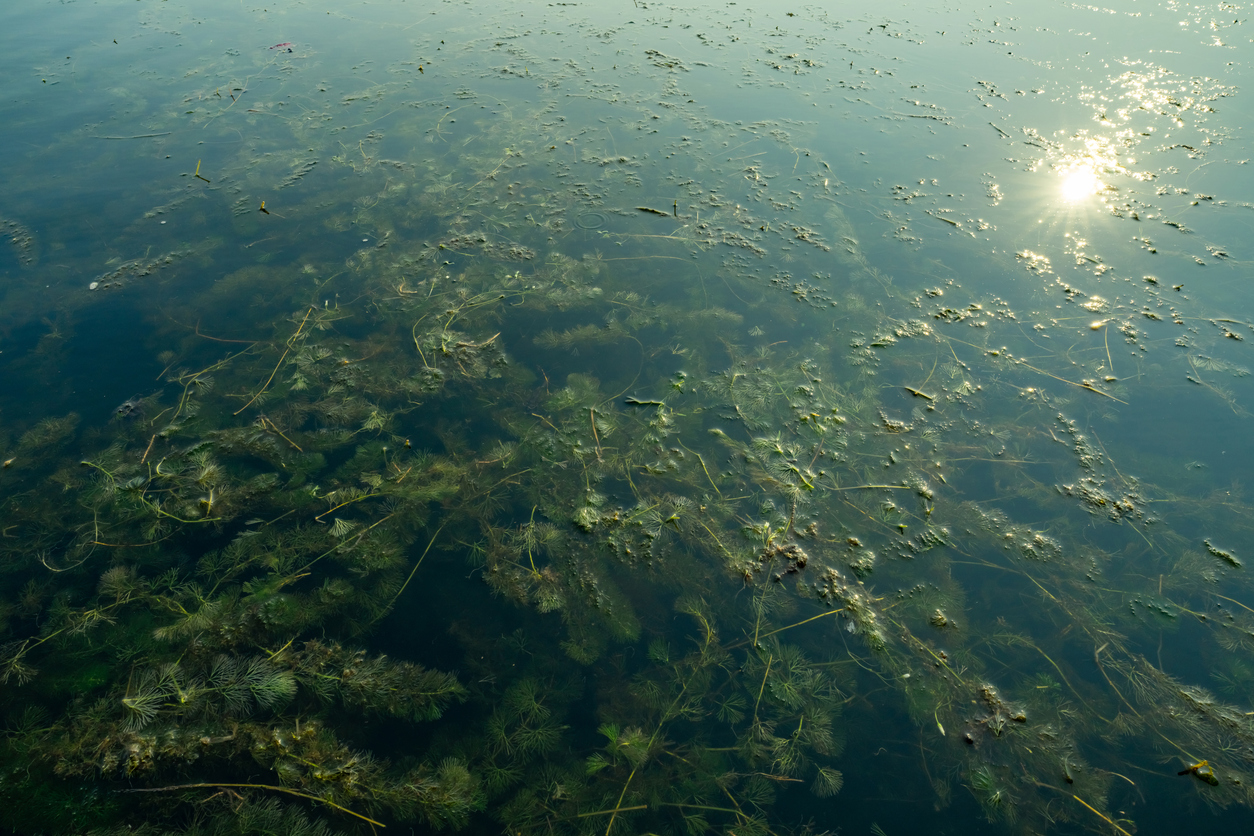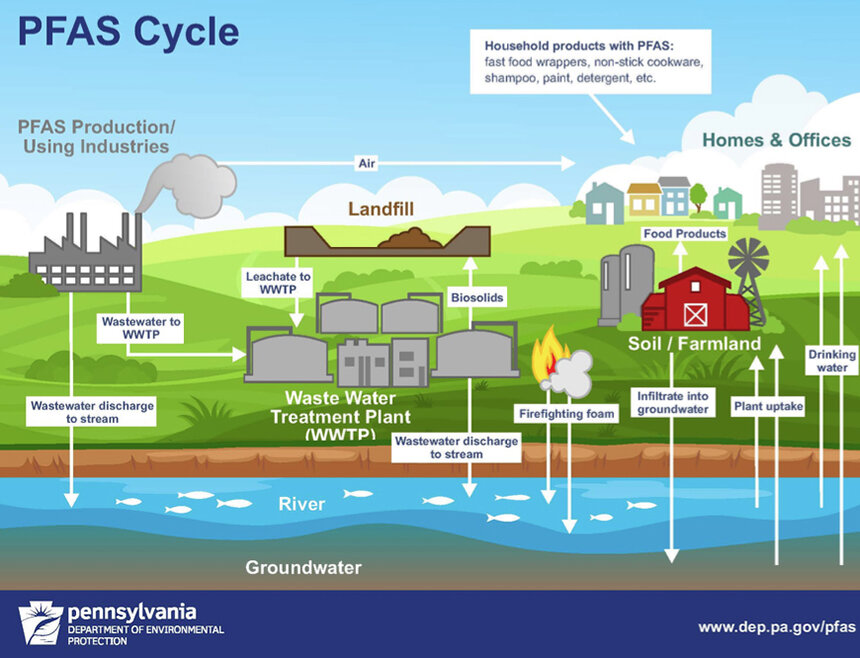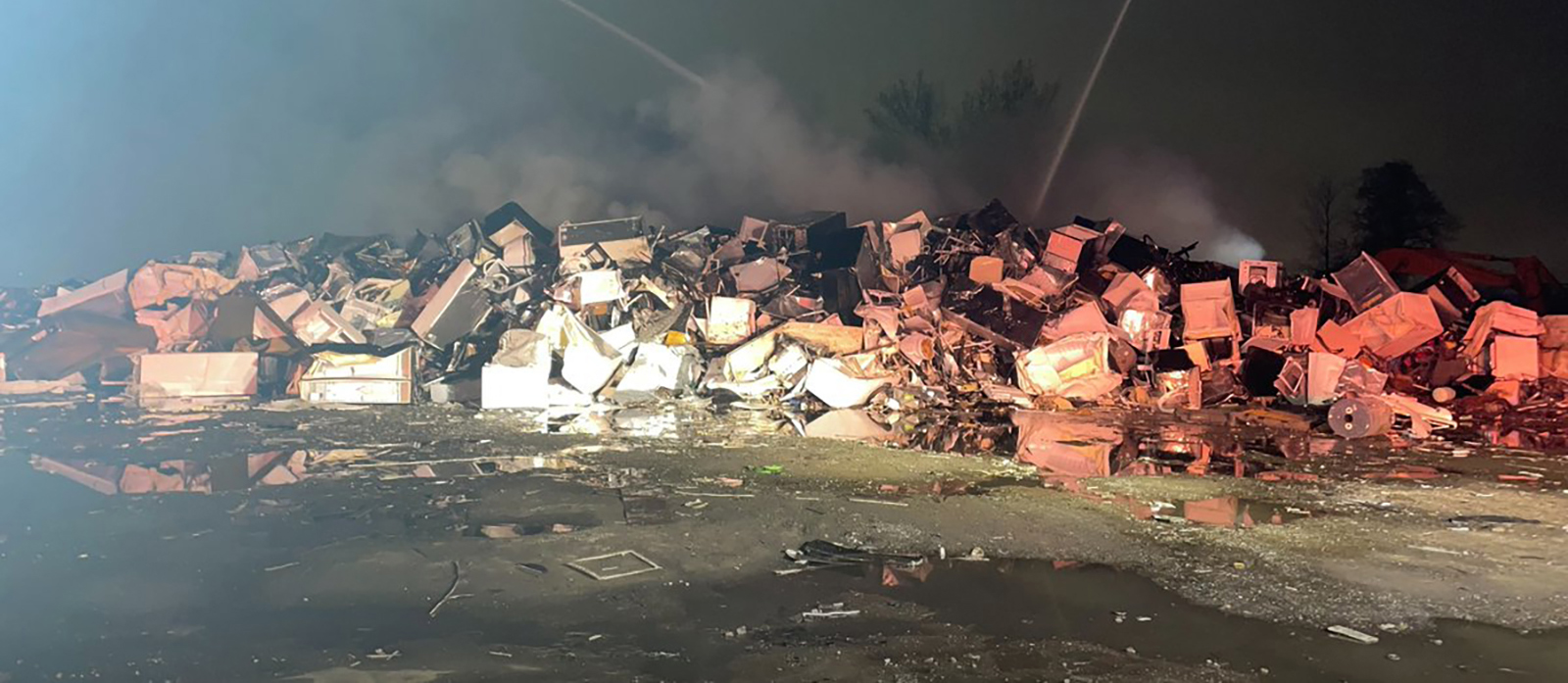Polluted Pawtuxet Rebounds with Community Effort
May 22, 2020
While the 12-mile-long river has a complicated history, there are those who love it and who are helping its condition and countenance improve.
Steve Stycos first embarked on the waters of the Pawtuxet River in a canoe, with friend Joe Jackson, years ago.
“We put it in under Route 37 [Cranston] not knowing what was going to happen, and we were really impressed with this natural area in our neighborhood that we had no idea were there,” Stycos said.
Their boating escapade sparked a 25-year involvement with the river and its watershed, the creation of Friends of the Pawtuxet, trees planted, community canoeing excursions organized, and pavement removed.
“We started a little newsletter and did some walks and trail work and trash pick up, and we got into tree planting; we planted a lot of trees along the river,” Stycos said. “We went to a company that had a parking lot right on the river and got them to agree to pull up the asphalt and plant native plants in its place on the part right next to the water … so we improved the runoff situation from the parking lot.”
Through time, the once heavily polluted Pawtuxet River has started to see signs of revival, including a reduction in its phosphorus load. In 2011 and 2012, according to Elizabeth Herron, program director for the University of Rhode Island’s Watershed Watch program, the total phosphorus values in the stressed river were close to 100 parts per billion (ppb), peaking in 2013 at 122.
“We’ve seen a significant, and important reduction in total phosphorus (TP) at the Pawtuxet River site near the Rhodes [on the Pawtuxet],” she wrote in an email. “Phosphorus is the driving nutrient in freshwater systems, and in rivers values above 100 parts per billion are considered elevated and can lead to harmful levels of algae or plant growth.”
As volunteers collected water samples for Herron’s team to test throughout the years, they started to see the amount of phosphorous beginning to decline.
“Since 2013 we’ve seen a steady decline, with an annual total phosphorous average of only 26 parts per billion in 2019,” she wrote.
Herron noted that total nitrogen levels, which can also contribute to algal growth and, since the Pawtuxet River runs into Narragansett Bay, can have negative impacts there as well, had also declined a bit.
“Efforts in the watershed, and especially in Roger Williams Park [Providence], to reduce and treat stormwater could be important for helping to reduce total nitrogen loads to the river, and ultimately to the bay,” she wrote.
Those involved in the Pawtuxet River’s rehabilitation, such as the all-volunteer Pawtuxet River Authority & Watershed Council, agree the long-abused waterway is headed in the right direction, thanks to a dam removal in 2011, the 75 or so trees Stycos and the Friends of the Pawtuxet have planted, improvements to wastewater treatment facilities, and the reduction of stormwater runoff.
“Overall, for a highly urbanized river system, the Pawtuxet River is in pretty good condition,” Herron wrote. “As efforts in the watershed to further reduce nutrient loading continue, the river should show more signs of improvement.”
For Stycos, the river’s improvement makes 25 years of befriending the winding waterway worth it.
“The results are really terrific,” he said. “I was very surprised.”




Thanks for the info and amazing work Steveand friends!
Great article. Good things can happen when good people get involved. What a wonderful legacy for them to pass on to their children and community.